Mumbai's air quality crisis: Study reveals 'no clean season left', PM10 levels breach safe limits
Contrary to popular belief, Mumbai's coastal location does not shield it from air pollution. A four-year analysis by Respirer Living Sciences, based on data from its AtlasAQ platform, reveals that PM10 levels have consistently exceeded the national safety limit of 60 μg/m³, not just during winter peaks, but across all seasons, including summer. A spokesperson for the study stated that there is no clean season left in Mumbai.
Understanding PM10
PM10 describes “coarse” airborne particles no larger than 10 micrometers in diameter (0.01 mm), small enough to penetrate the throat and lungs. Commonly found in dust, smoke and other pollutants, these particles can provoke coughing, a runny nose, eye irritation and exacerbate respiratory conditions such as asthma.
Year-round pollution report
Between 2021 and 2024, Mumbai's annual PM10 averages remained well above the safe threshold:
2021 – 109.3 μg/m³
2022 – 119.7 μg/m³
2023 – 118.6 μg/m³
2024 – 90.0 μg/m³
Though 2024 showed a slight decline, levels remained dangerously high throughout the city, including in summer months, when pollution is generally expected to subside.
Local hotspots
The report identifies several high-risk areas with consistently elevated PM10 levels:
Malad West – 154.5 μg/m³ in 2024 (up nearly 50% from 2023)
Shivaji Nagar – Peaked at 211.0 μg/m³ in 2023; dropped to 102.2 μg/m³ in 2024
Siddharth Nagar-Worli – Rose from 57.1 μg/m³ (2021) to 119.2 μg/m³ (2023), easing to 105.1 μg/m³ in 2024
Other consistently polluted areas include Chakala-Andheri East, Kurla, Deonar, Vile Parle West, and Mazgaon
Root causes and recommendations
The study attributes Mumbai’s PM10 pollution to traffic emissions, construction dust from unregulated sites, industrial activity near port zones and poor dust control measures.
To combat the issue, the report urges:
Strict dust suppression protocols at construction sites
Expansion of public transport
Improved traffic and emission management
Real-time, ward-level air quality monitoring
Integration of clean air targets into city planning and infrastructure projects
To get all the latest content, download our mobile application. Available for both iOS & Android devices.

